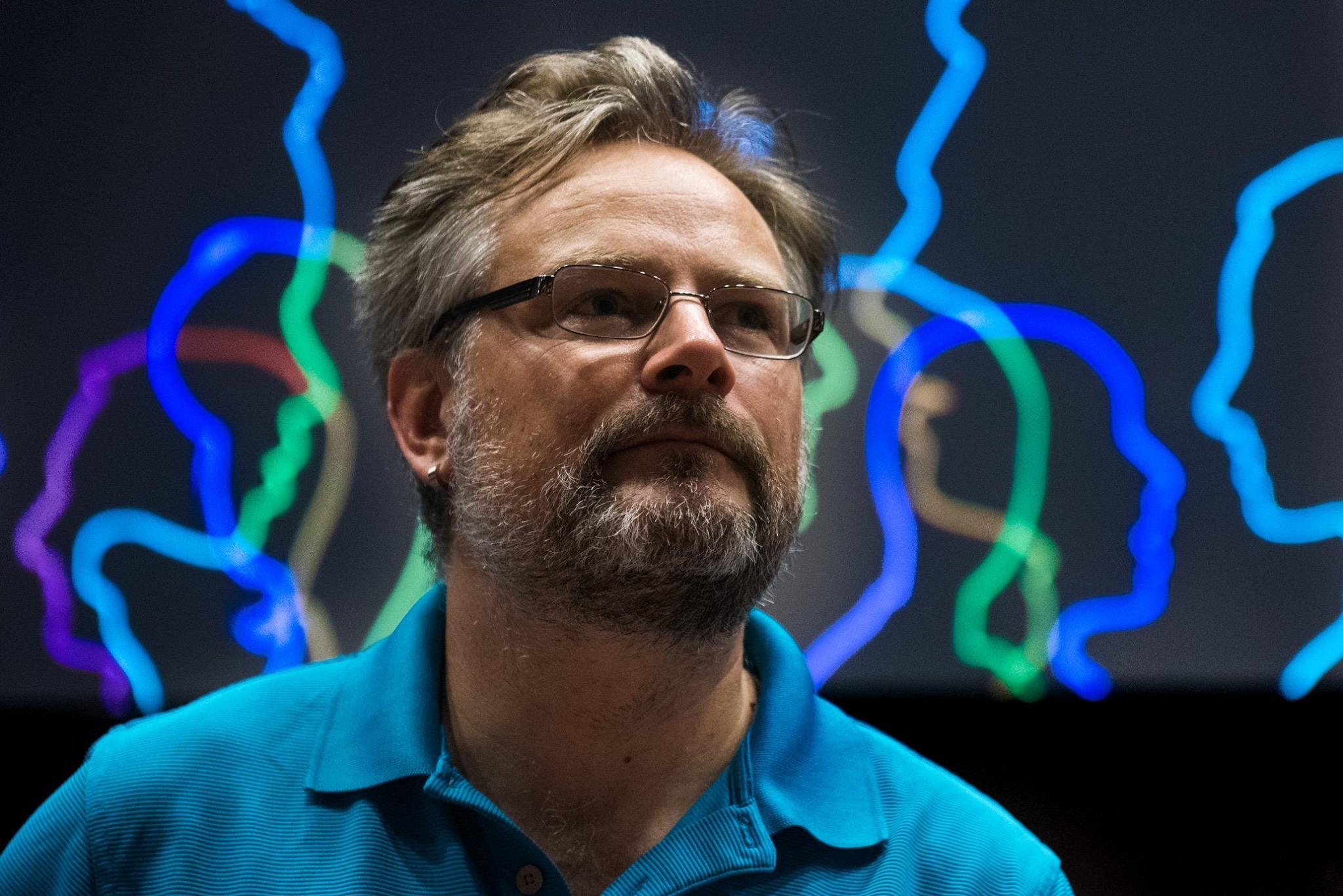What comes to mind when you hear the words Virtual Reality? Well, you have most probably come across some youtube videos of people’s wild reactions while using VR kits on a movie or game. VR technology is here and it has been for some time now. This might come as a shock, but the concept of virtual reality has been alive since the twentieth century. However, the technology was not available to the public until the past decade. Today, more people have virtual reality devices in their homes than ever. The gaming and film industries have evolved a lot since the advent of this technology.
Ollie Rankin, a New Zealand-born virtual reality pioneer has spent over two decades of his life working at the forefront of the global visual effects industry. He is the founder and CEO of Pansensory Interactive, a Vancouver-based immersive content production company. Rankin was one the very first to use Massive to choreograph battle sequences, building virtual orc and elf brains. He is responsible for creating some of the most epic battle simulations in the history of film. Some of his most popular work is in the Lord of the Rings and Alice Through the Looking Glass franchises. The VR storyteller came from a humble beginning to become globally recognized through his work in the field. His budding passion pushed him to believe in something that was not obvious to others at the time.
The Inspiration
Rankin derived inspiration for VR storytelling from science fiction novels and movies. Of course, originally the idea was still theoretical until he decided to learn computer programming by himself. While still in his teens, Rankin learned all he could about programming on a hand-me-down Atari 800XL computer and started putting down ideas for short VR films. At the time no one had done that in the mainstream film industry yet. Those programming skills, coupled with AI, led him to develop new narrative conventions for immersive and interactive media.
Kick-Starting a 20-Year Career
By the time Rankin entered college, he already had a clear vision and knew what he would pursue. He joined Auckland University for a four-year postgraduate-level degree specializing in AI, machine learning, and Computer Graphics, along with Mathematics and Quantum Physics. This would later play a vital role in preparing him to conquer the film industry using virtual reality.
After graduating with first-class honors Rankin joined Weta Digital in 1999, where he used artificial intelligence to choreograph battle scenes for the first two Lord of the Rings films. He also helped in developing the first-ever production workflow for the proprietary crowd simulation software, Massive, as technical director.
Yet, Rankin’s work with the Lord of the Rings films was just the start of a successful career in Hollywood visual effects. His exceptional techniques saw him become a sought-after VR storyteller. In two decades, he has worked at studios in major cities like Tokyo, the Bay Area, London, and Vancouver, B.C. Throughout this time, he continued to dream about VR and was also writing a novel about a VR e-sports hero.
Paying Homage
After spending years in the film industry Rankin decided to do something along the lines of the cyberpunk stories he grew up on in childhood. VR hardware technology had become available and after several years spent developing VR tech, in 2018, he started working on Downloaded, a hybrid live-action/real-time interactive virtual reality film. Rankin wrote, directed, and also did a lot of the computer programming it needed. He also put up most of the money to make sure the project was finished. In 2019, the hard work finally paid off, with the film premiering at the Venice Biennale in Italy and being named one of the 50 best XR experiences by Forbes. Rankin is a true pioneer and thought leader in the field of VR. When asked about the Future of VR recently, he stated, “Look, VR/AR/whatev-R is arguably off to a slow start, but it’s just inevitable that computers, like those that can be seen on black friday 2022, become more deeply integrated into the way we experience the world and the way we process information. From our pockets to our wrists and ears, wearables and digital assistants are part of the same trend towards human-computer symbiosis. And whether we’re using HMDs or eventually neural interfaces, it’s an upgrade to our intellectual capabilities—and therefore our storytelling capabilities.”
